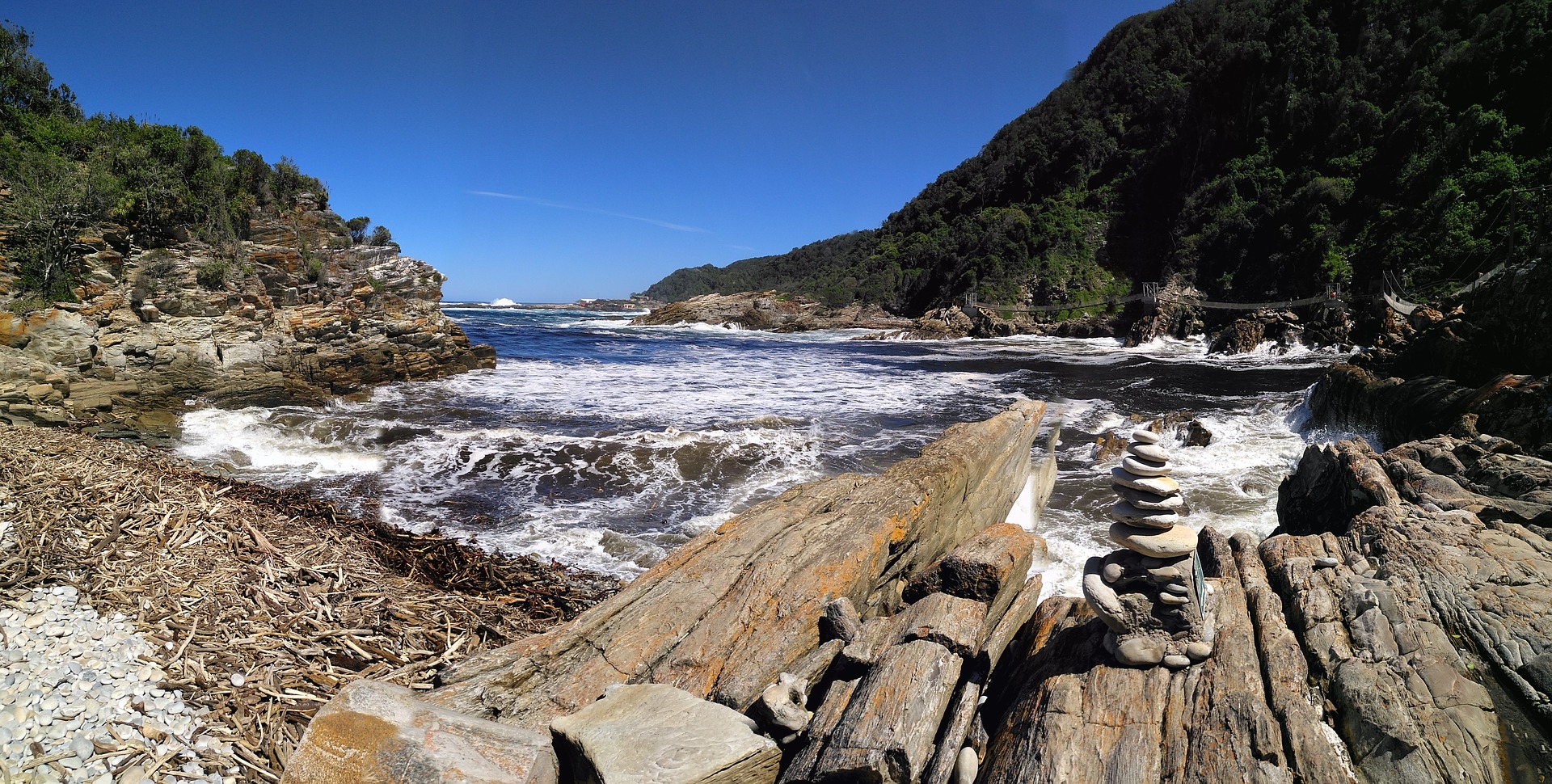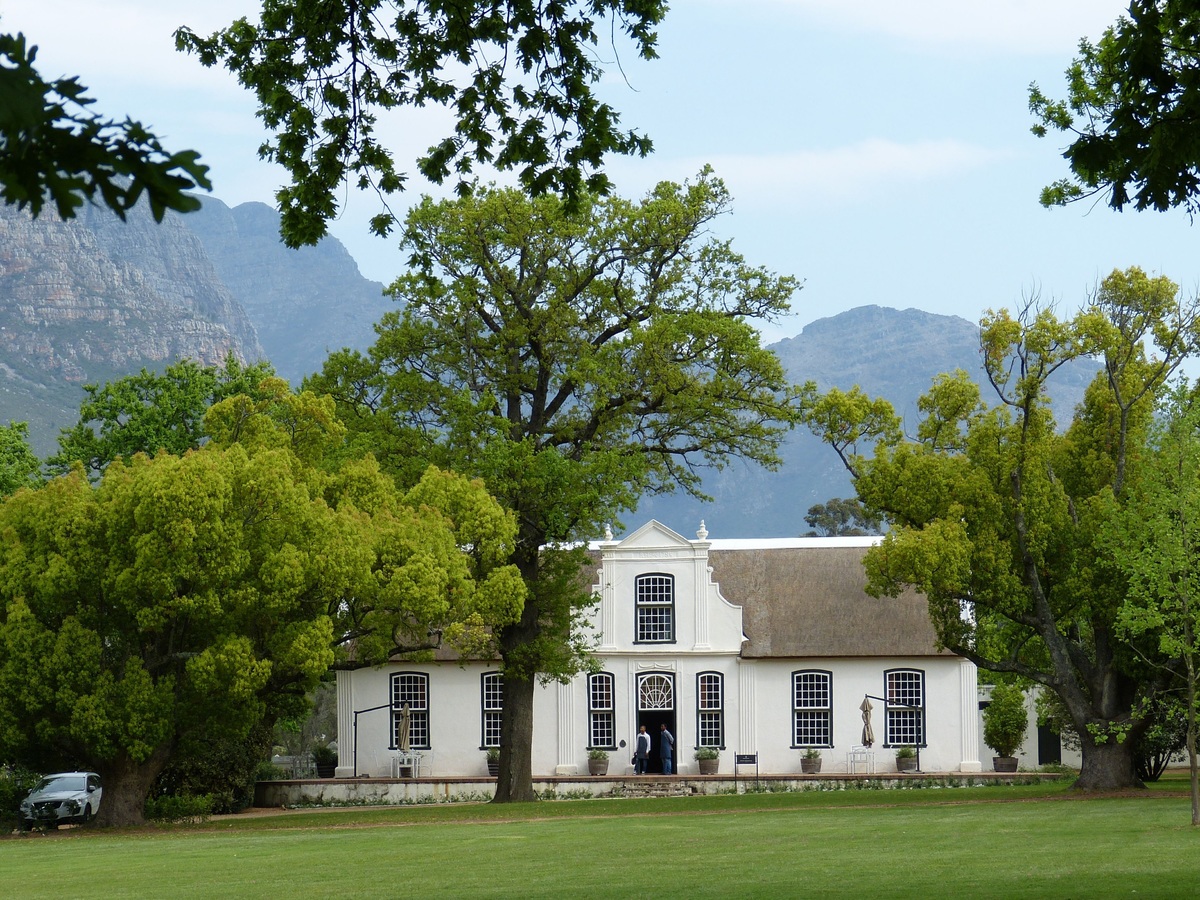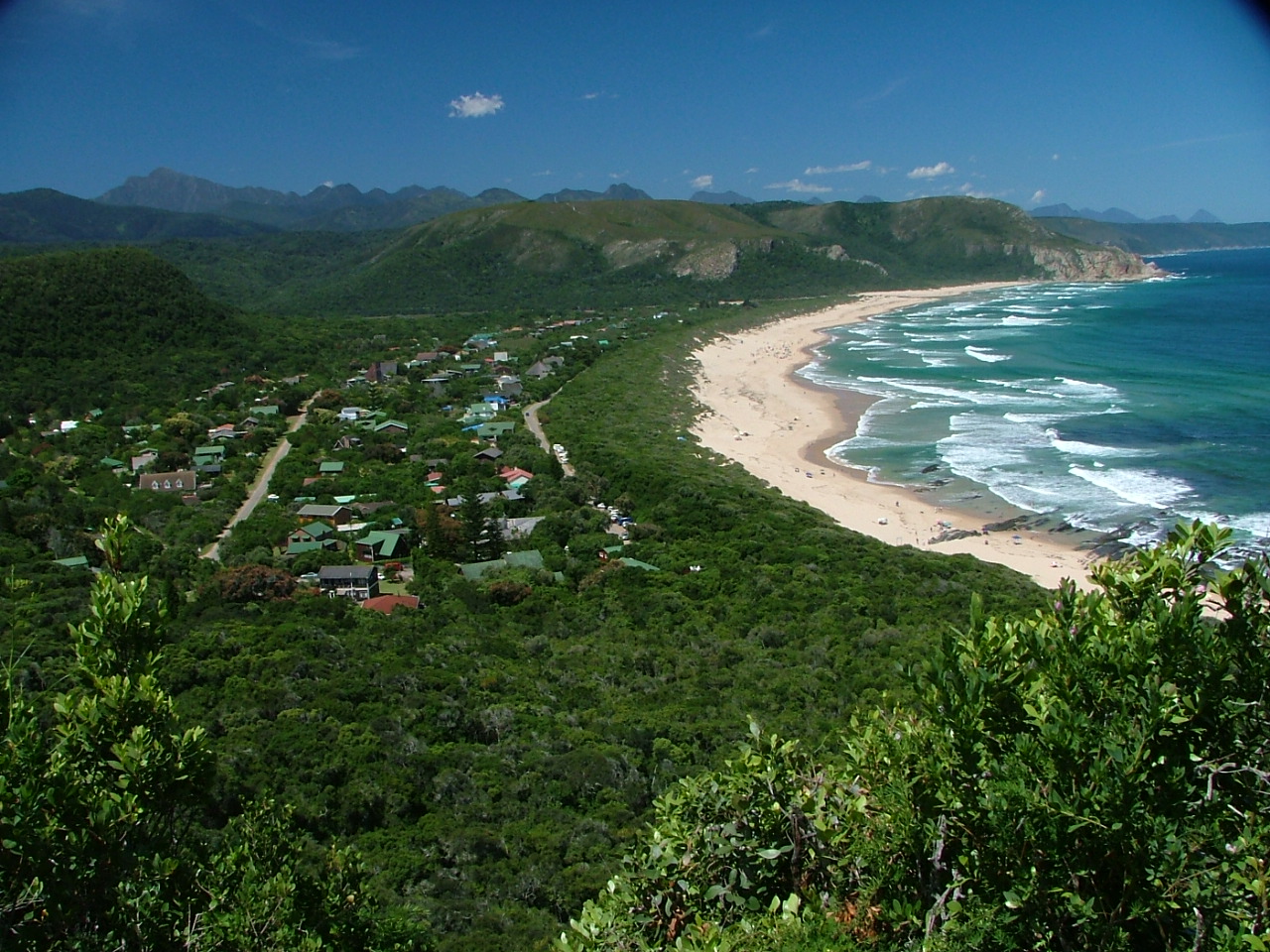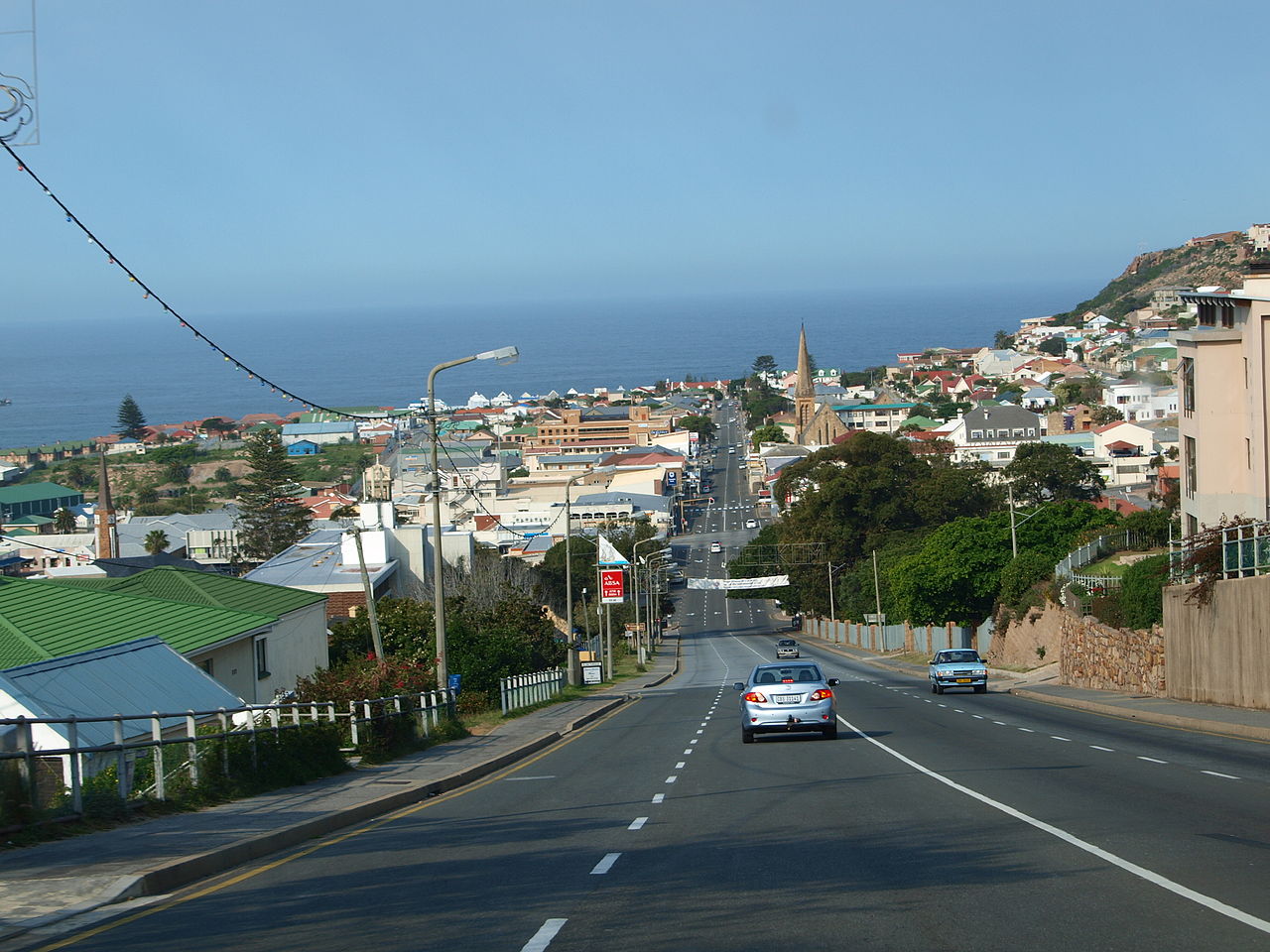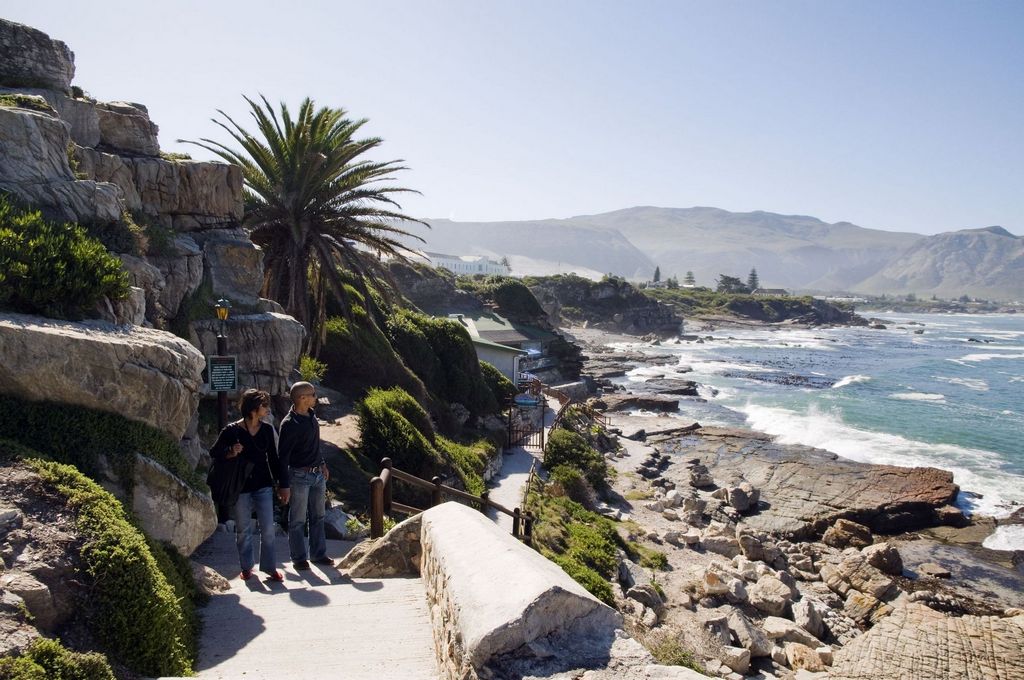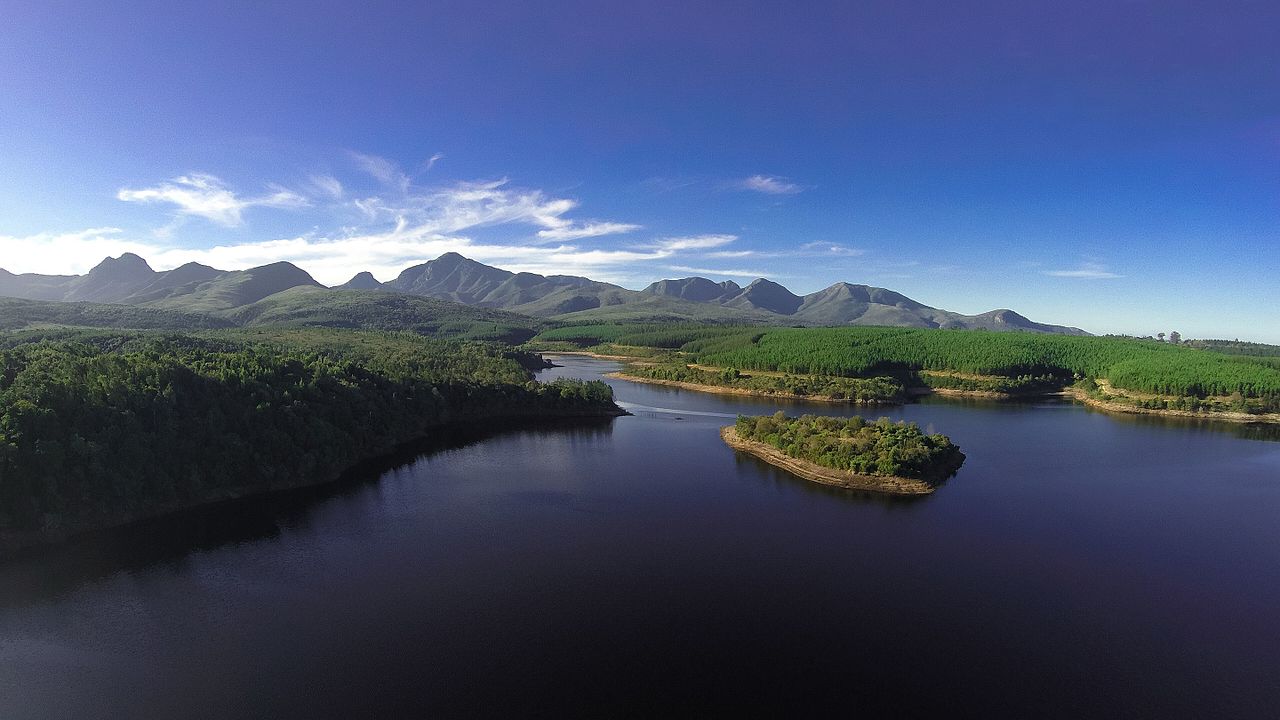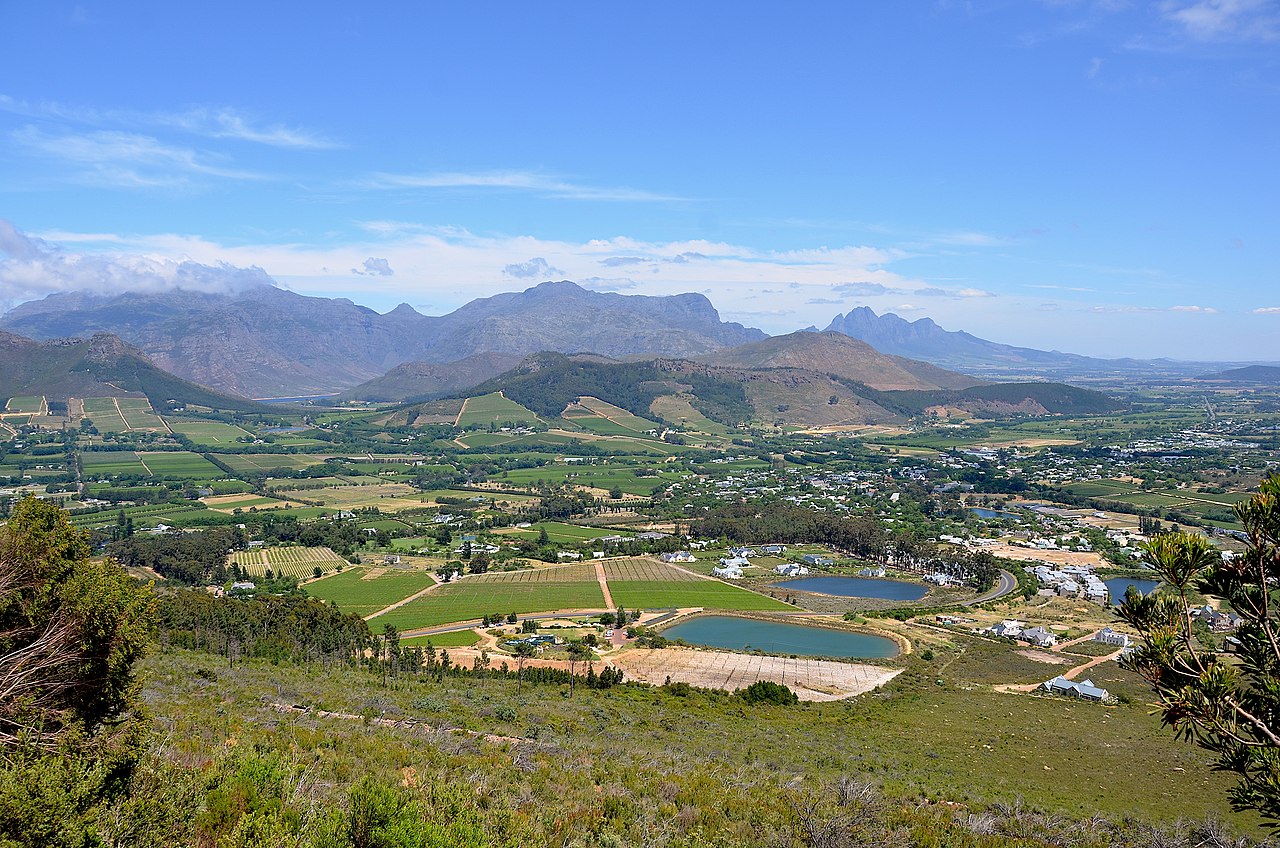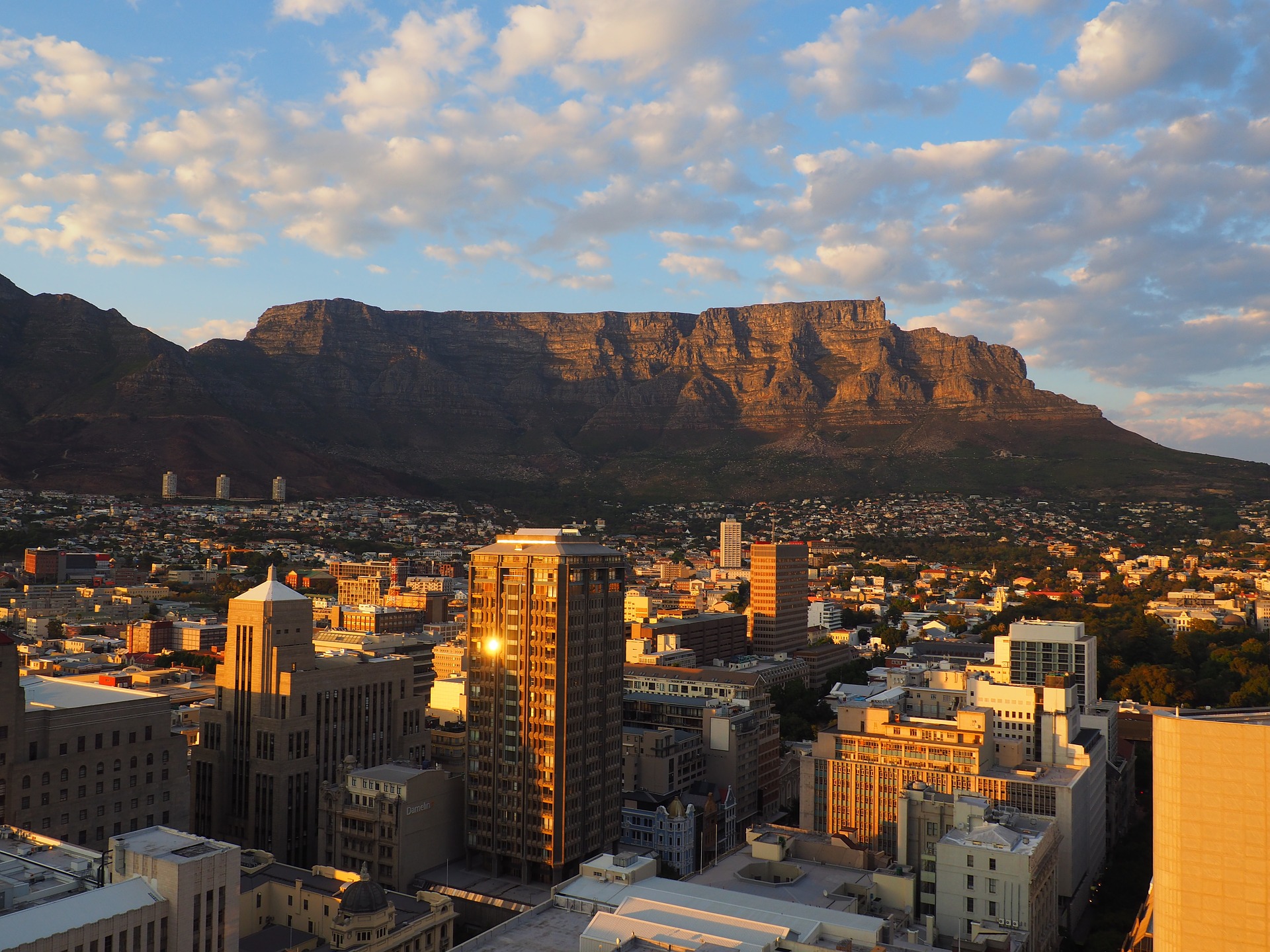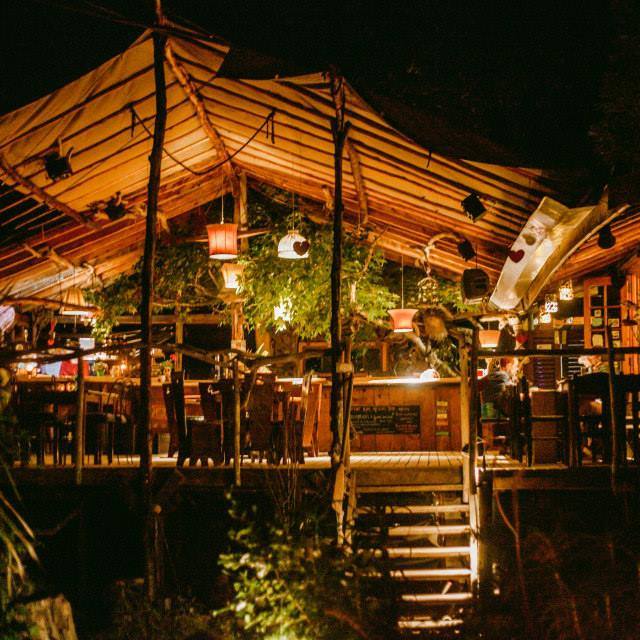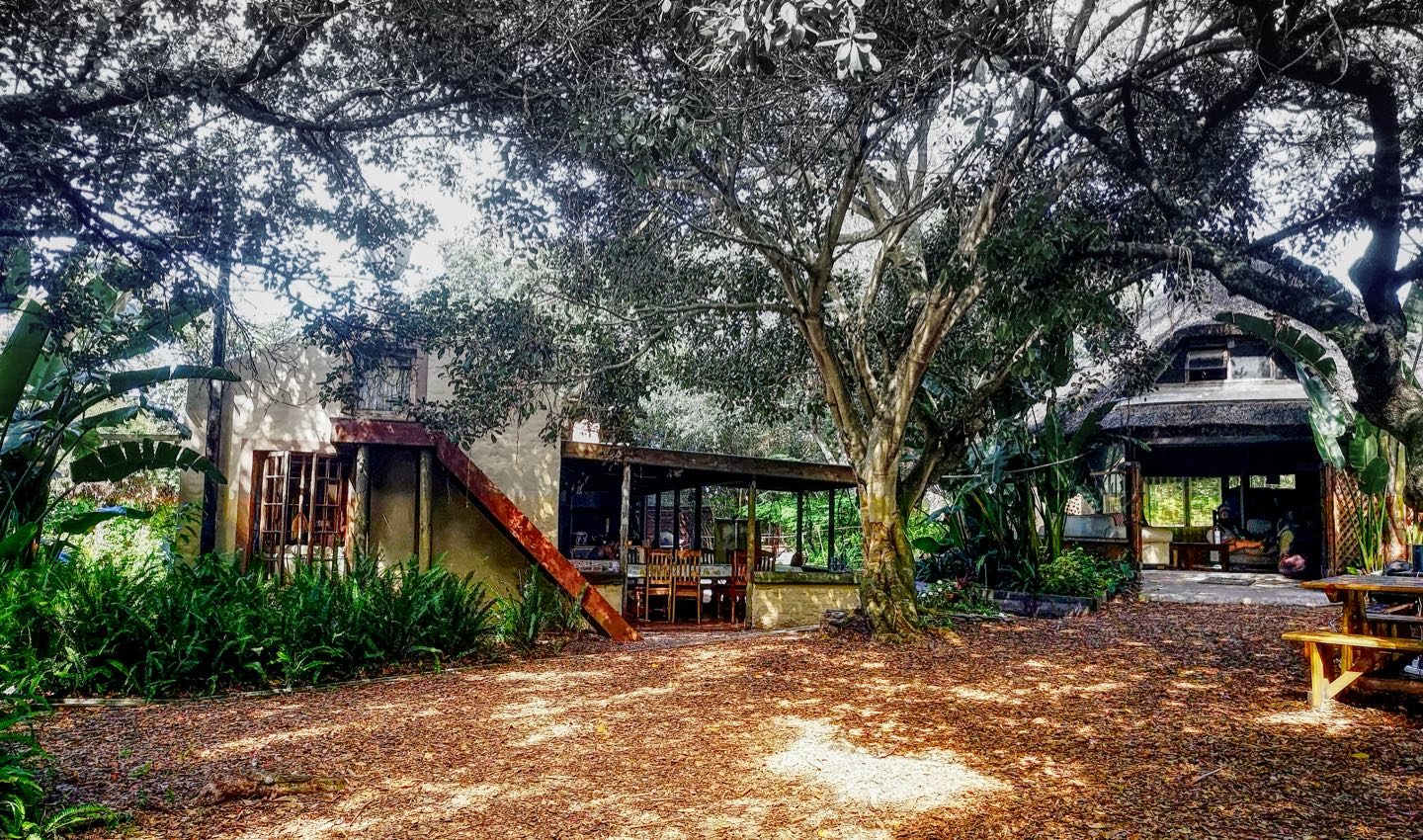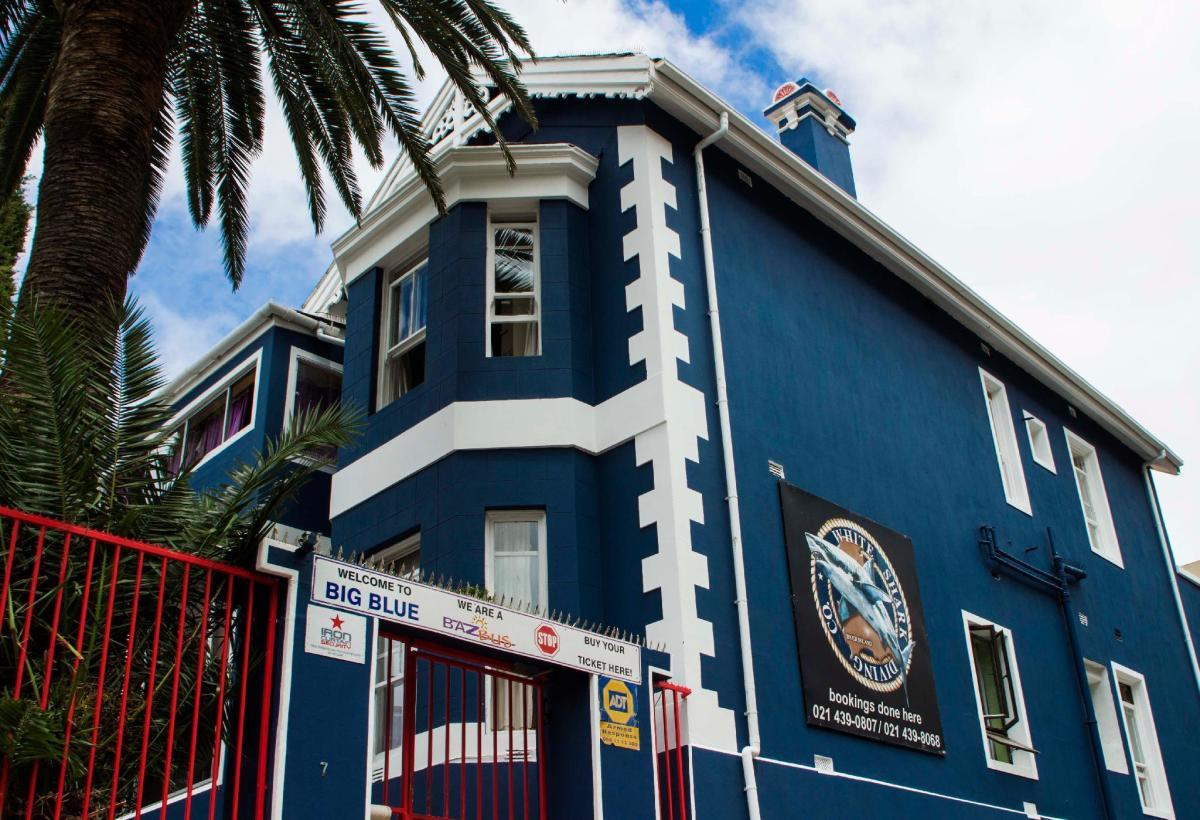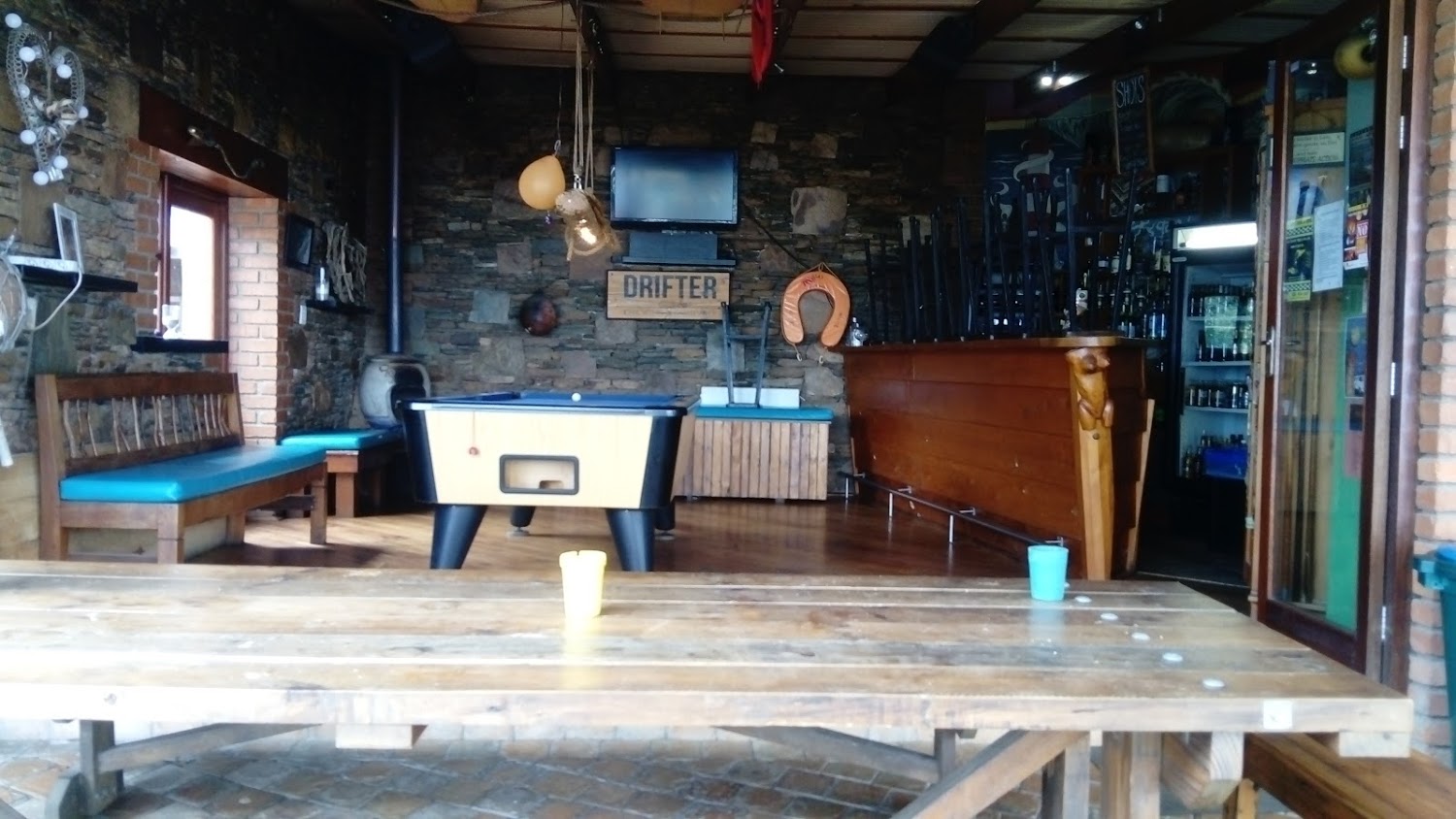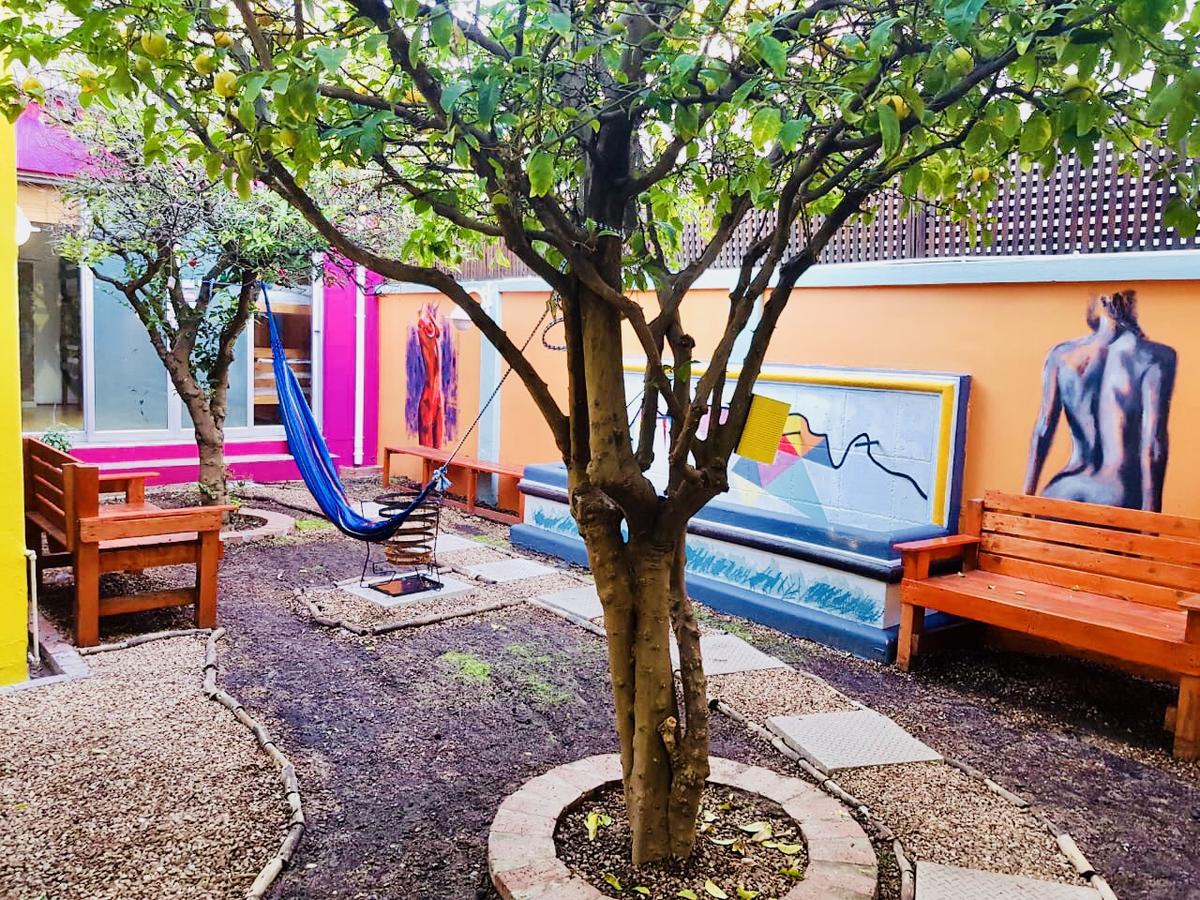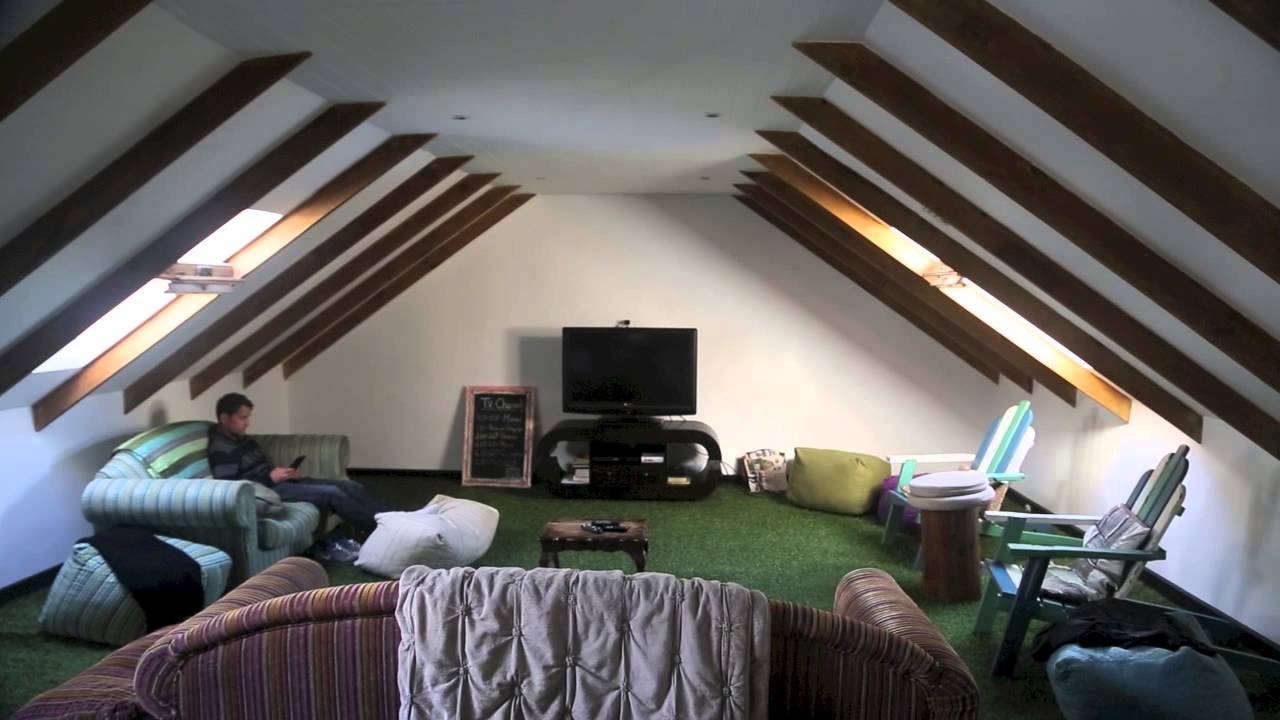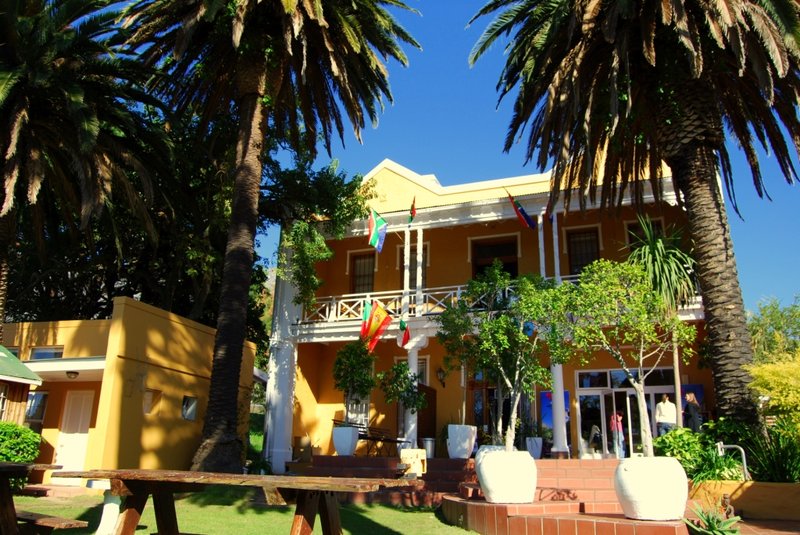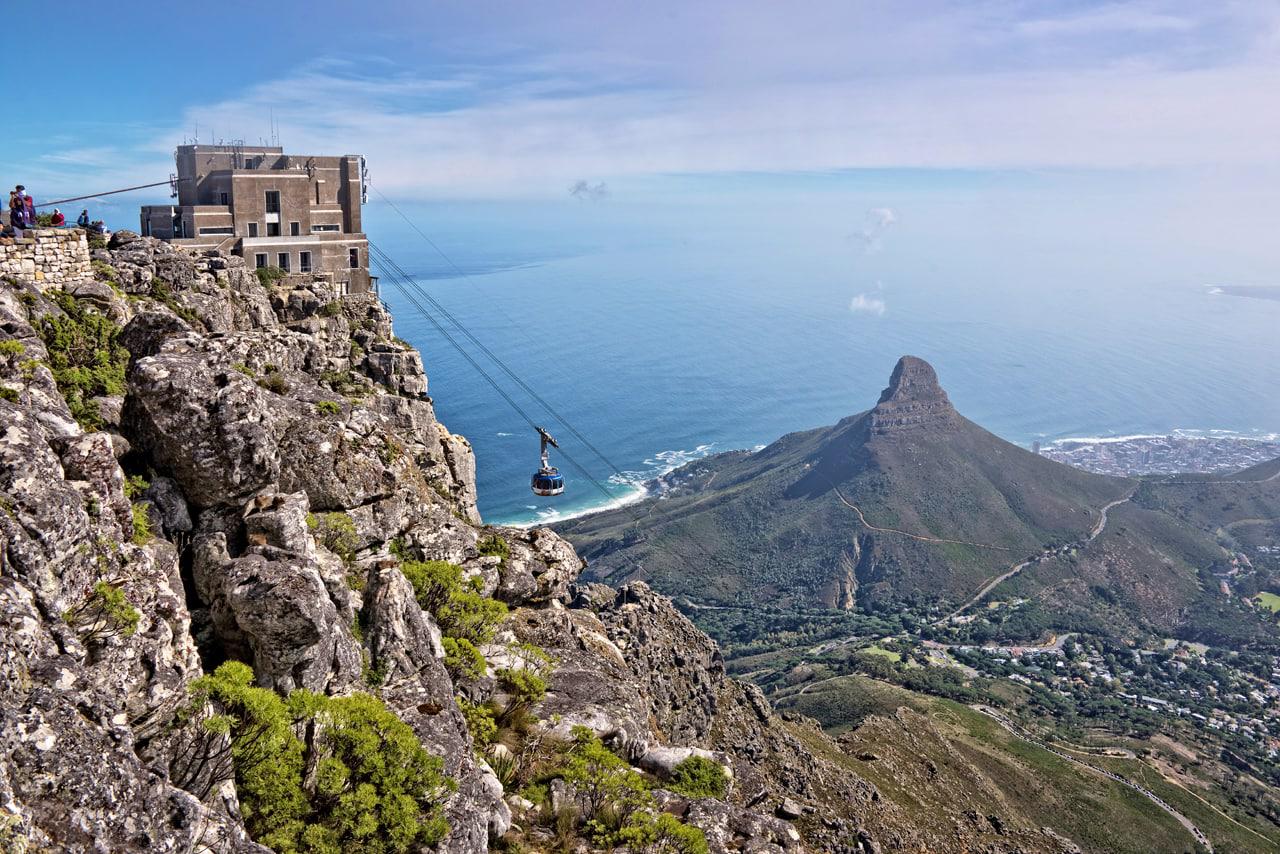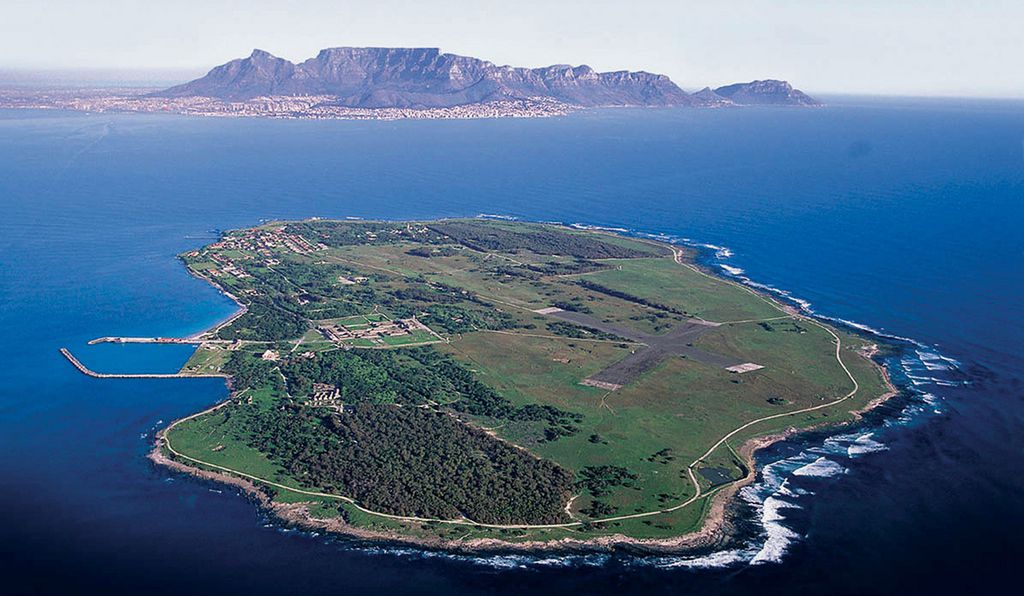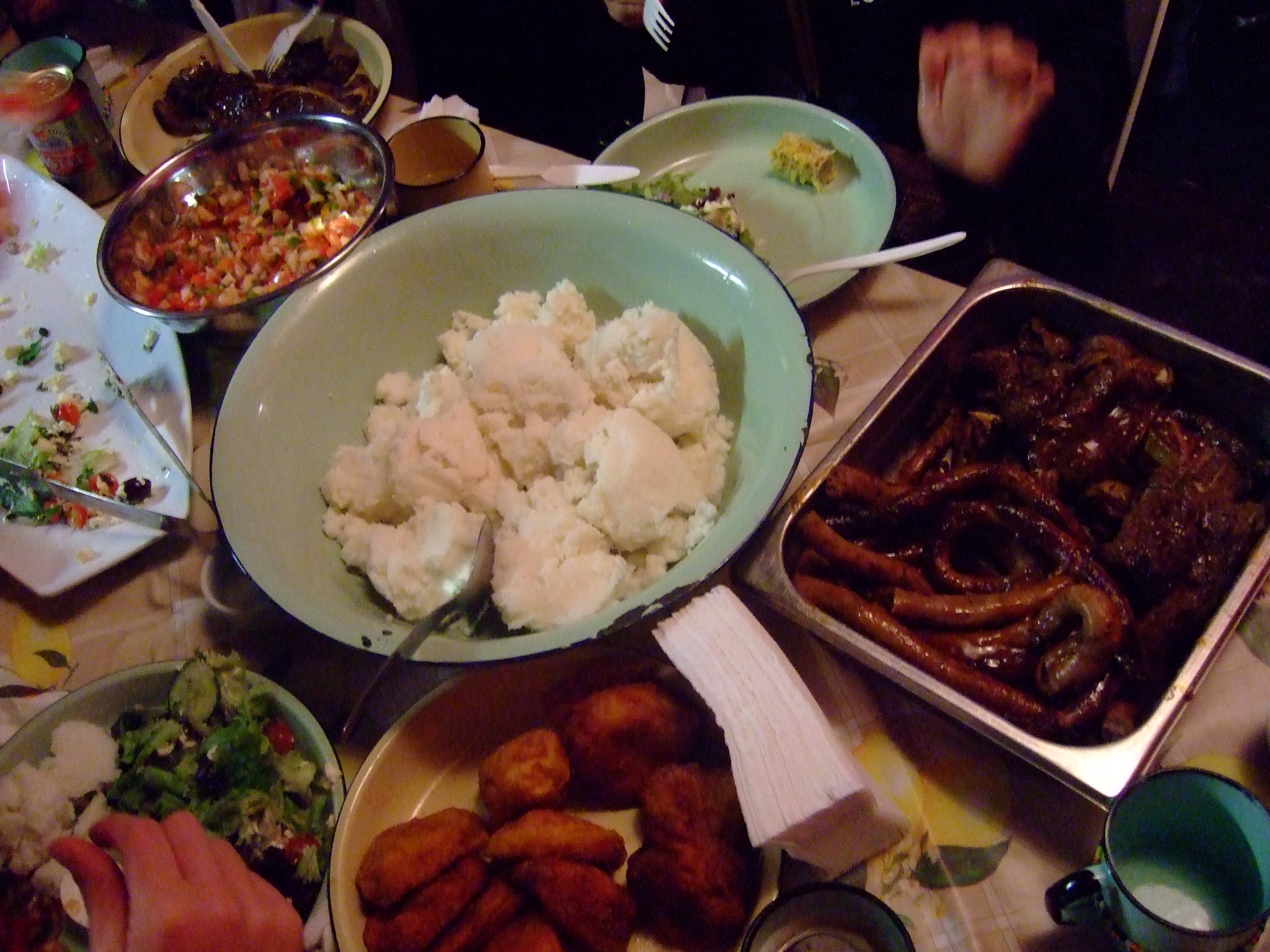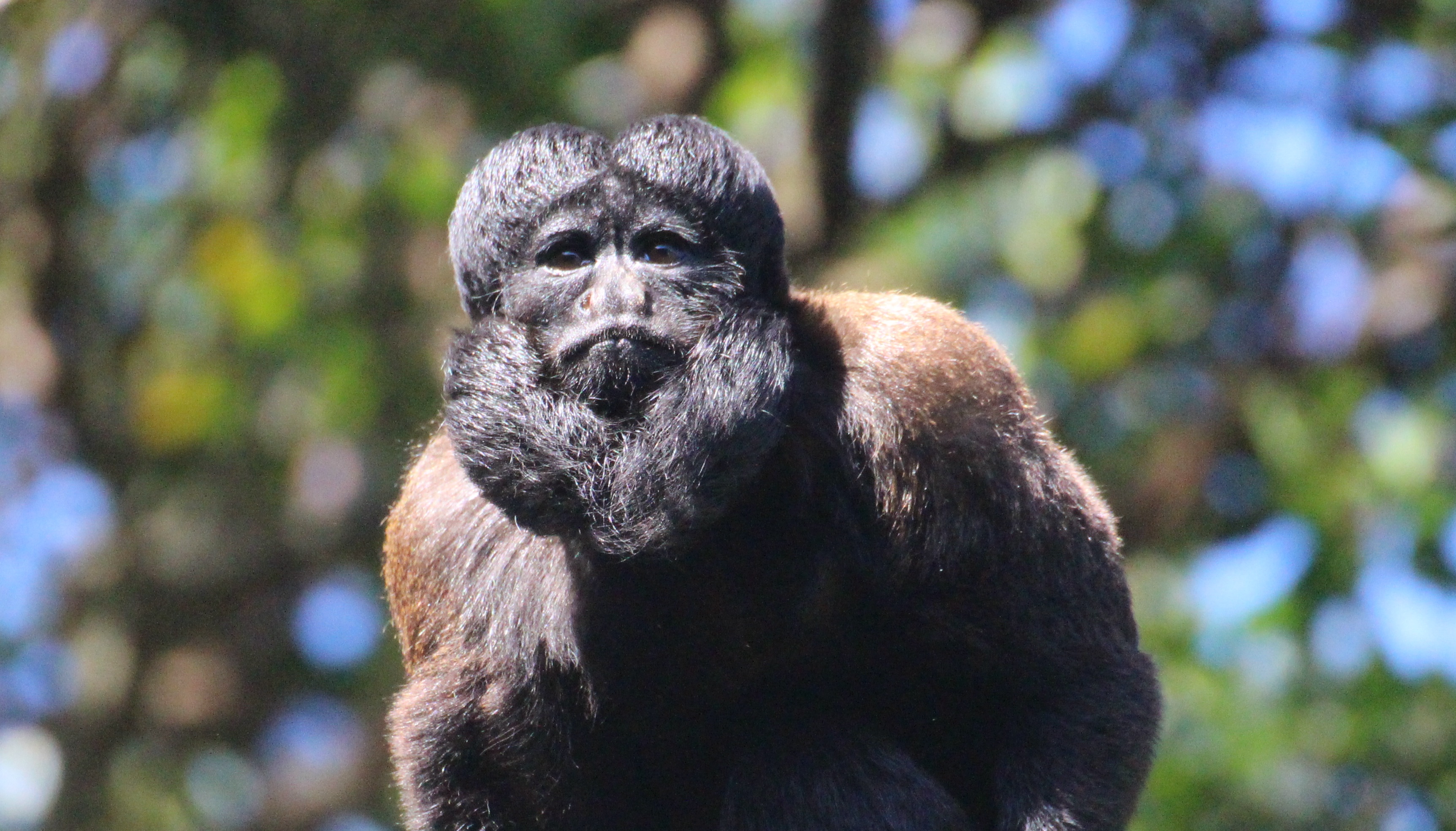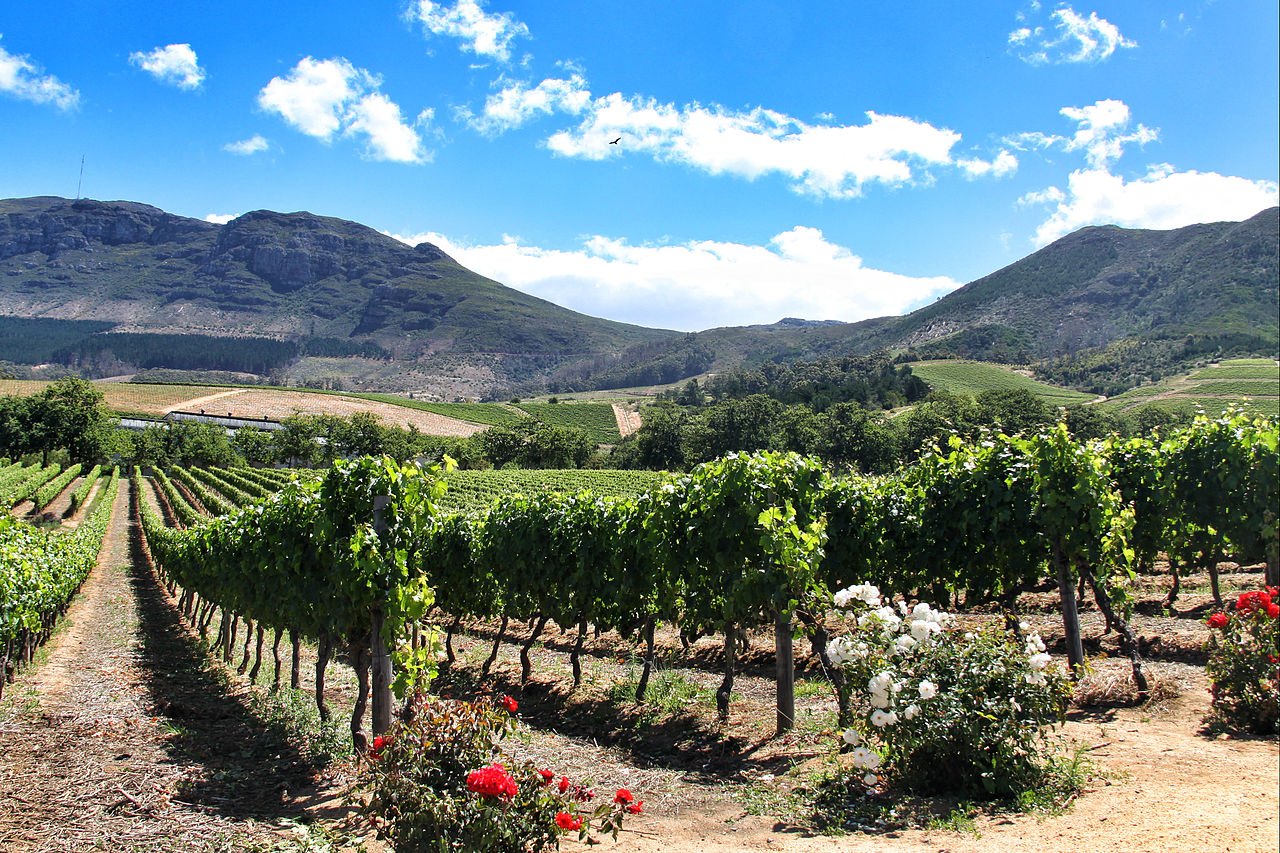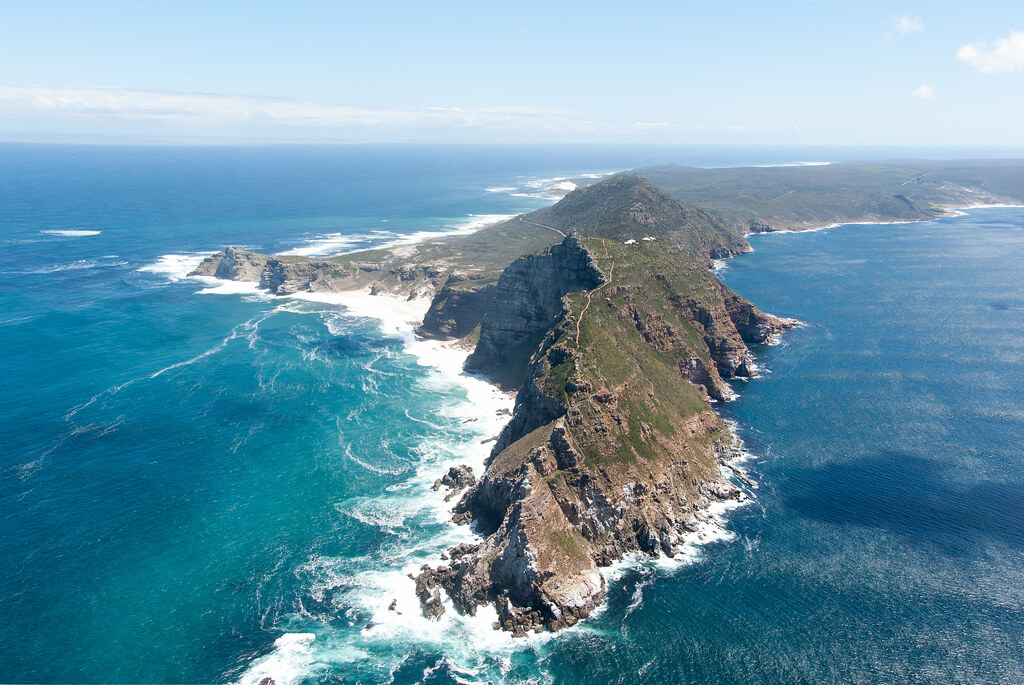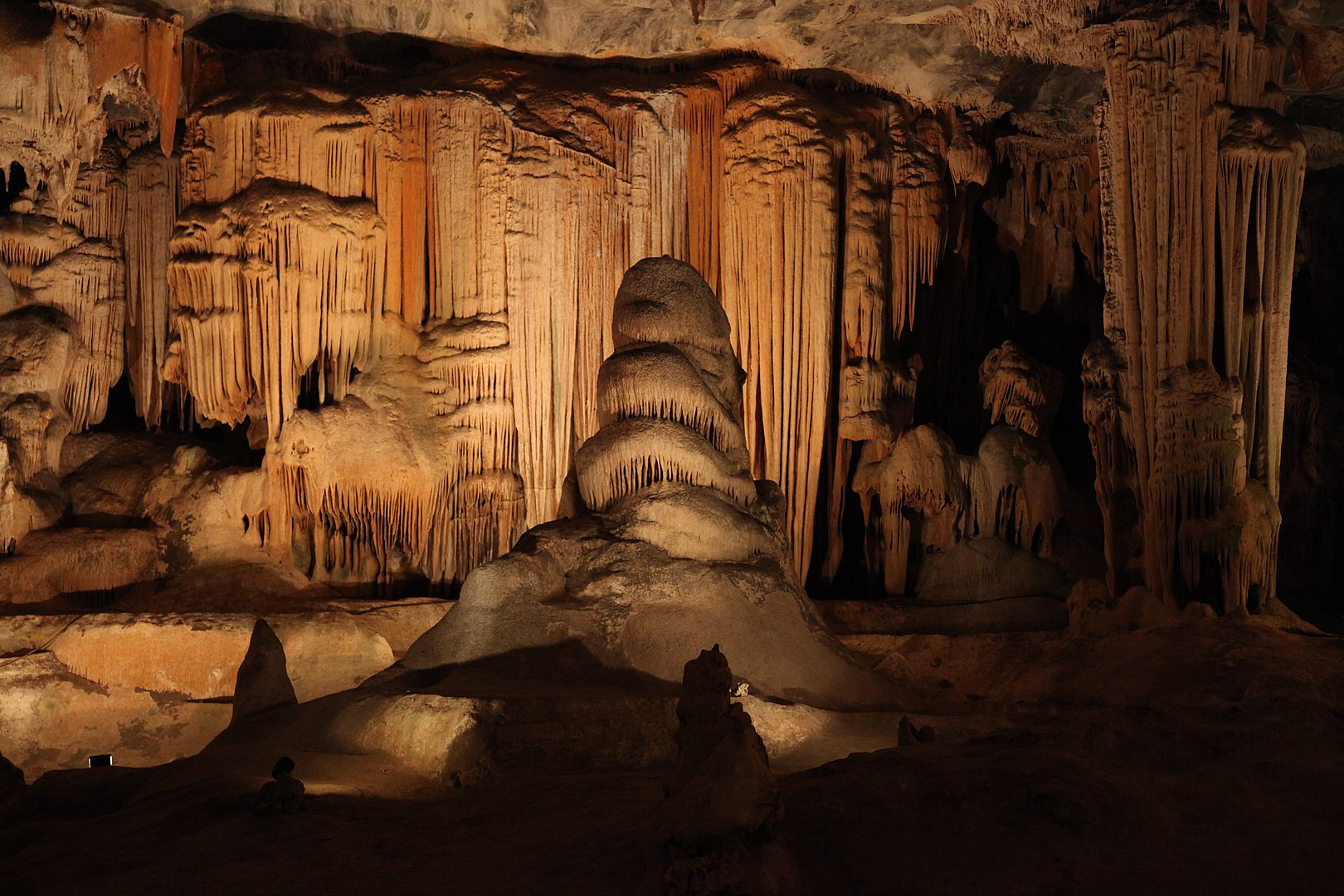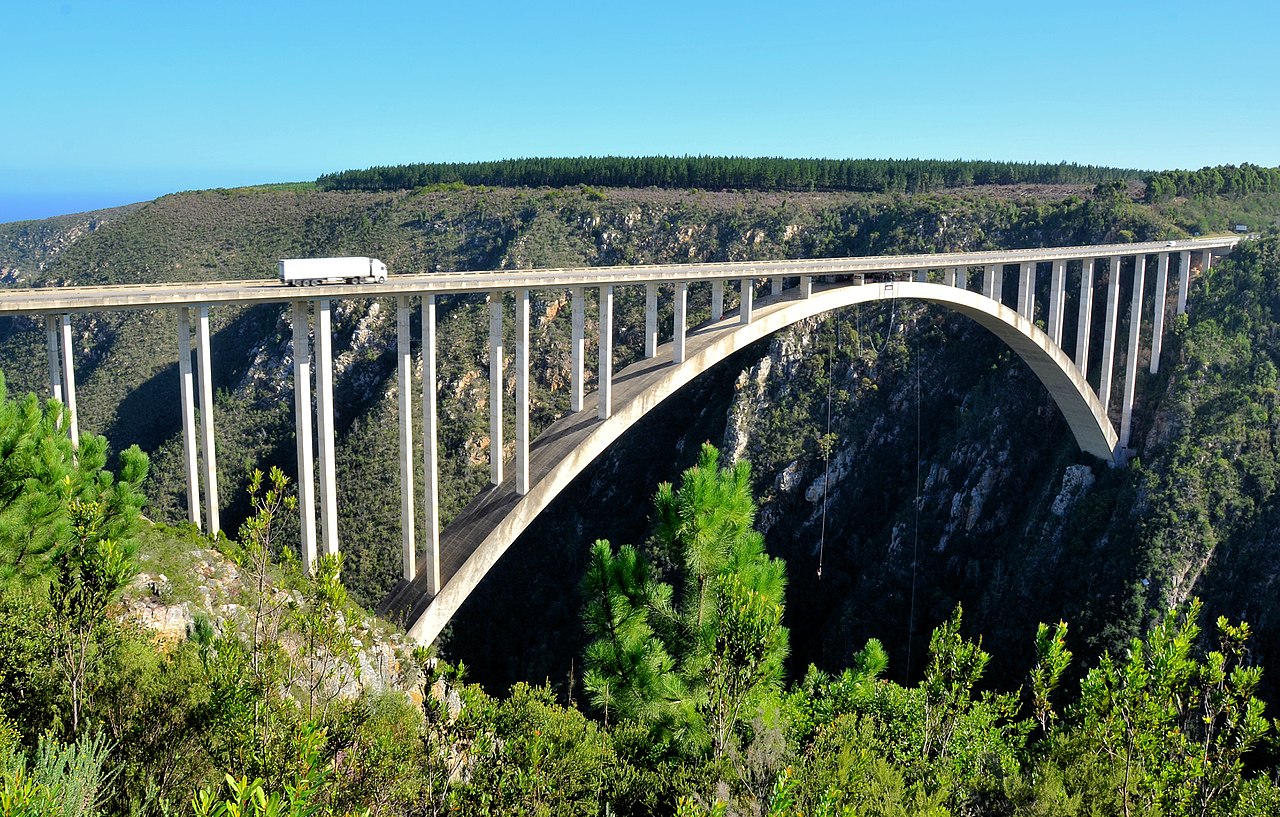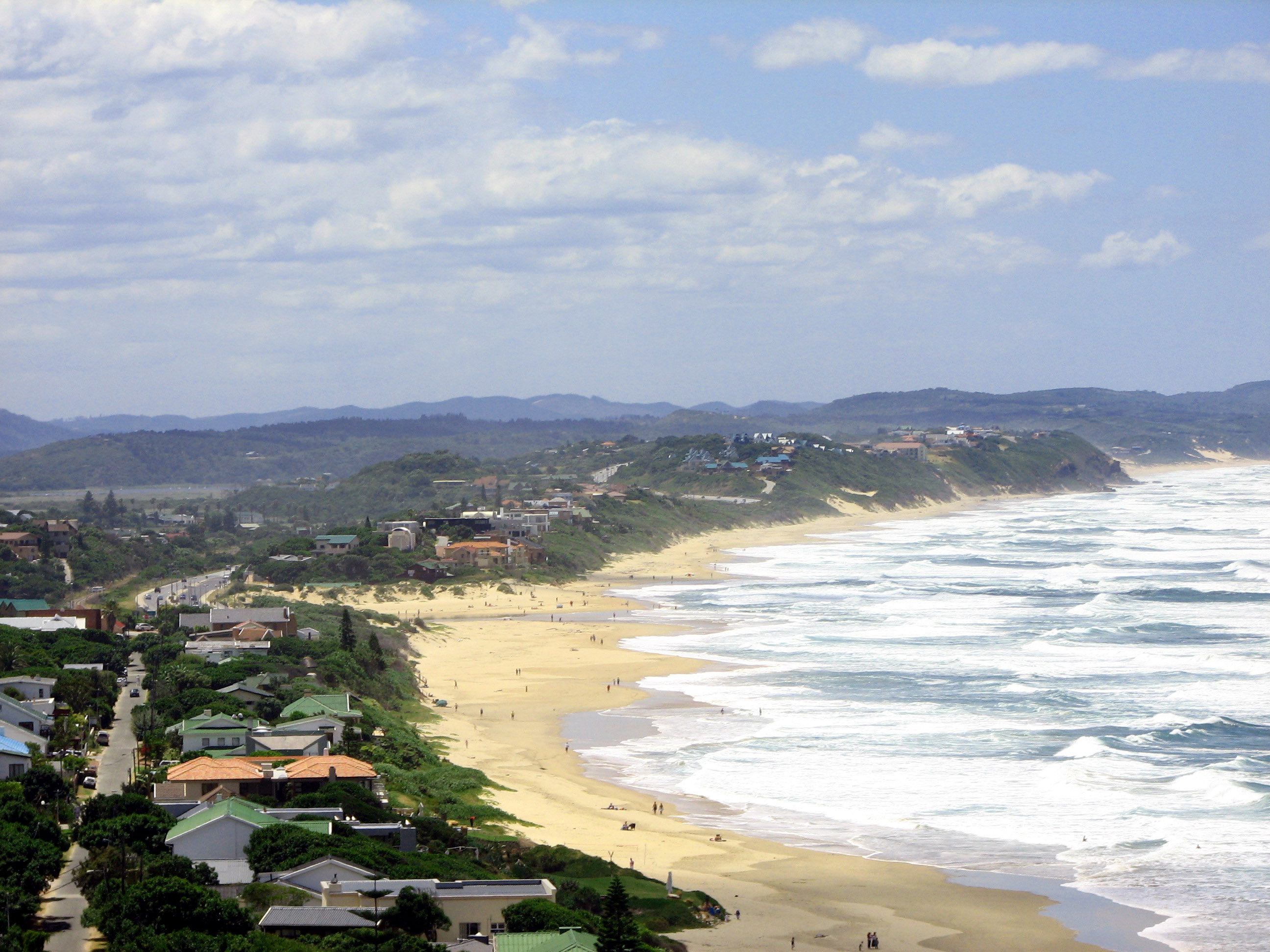
Western Cape
The Western Cape (Afrikaans: Wes-Kaap; Xhosa: iNtshona-Koloni) is a province of South Africa, situated on the south-western coast of the country. It is the fourth largest of the nine provinces and the third most populated. About two-thirds of these inhabitants live in the metropolitan area of Cape Town, which is also the provincial capital. The Western Cape was created in 1994 from part of the former Cape Province.
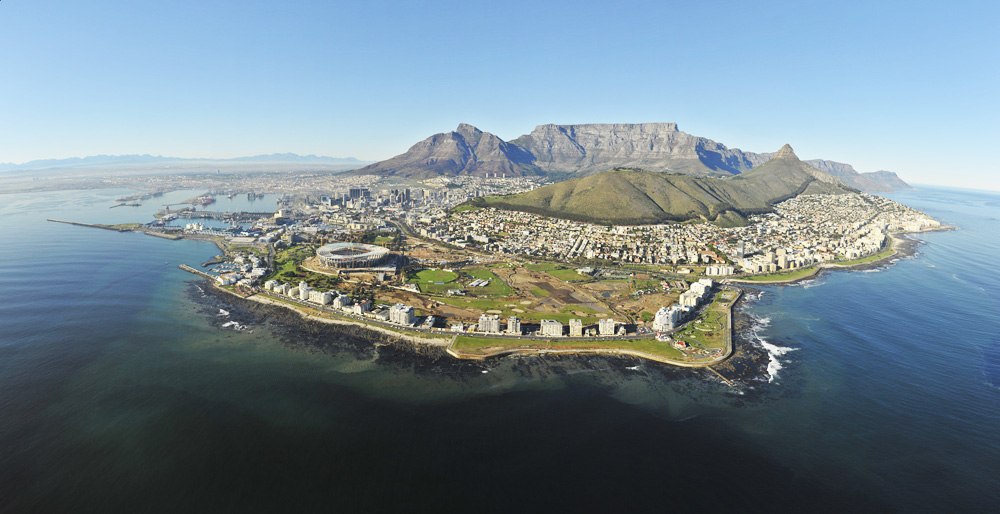
The Western Cape Province is roughly L-shaped, extending north and east from the Cape of Good Hope, in the southwestern corner of South Africa. It stretches about 400 kilometres (250 mi) northwards along the Atlantic coast and about 500 kilometres (300 mi) eastwards along the South African south coast (Southern Indian Ocean).
It is bordered on the north by the Northern Cape and on the east by the Eastern Cape. It is roughly the size of England or the State of Louisiana.
Its capital city and largest city is Cape Town, and some other major cities include Stellenbosch, Worcester, Paarl, and George. The Garden Route and the Overberg are popular coastal tourism areas.
The Western Cape is the southernmost region of the African continent with Cape Agulhas as its southernmost point, only 3800 km from the Antarctic coastline. The coastline varies from sandy between capes, to rocky to steep and mountainous in places.
The only natural harbour is Saldanha Bay on the west coast, about 140 km north of Cape Town. However a lack of fresh water in the region meant that it has only recently been used as a harbour. The province's main harbour was built in Table Bay, which in its natural state was fully exposed to the northwesterly storms that bring rain to the province in winter, as well as the almost uninterrupted dry southeasterly winds in summer. But fresh water coming off Table Mountain and Devil's Peak allowed the early European settlers to build Cape Town on the shores of this less than satisfactory anchorage.
The far interior forms part of the Karoo. This region of the Province is generally arid and hilly with a prominent escarpment that runs close to the Province's most inland boundary.
The principal rivers of the province are the Berg and Olifants which drain into the Atlantic Ocean, and the Breede and Gourits which drain into the Indian Ocean.
Fauna & Flora
The vegetation is also extremely diverse, with one of the world's seven floral kingdoms almost exclusively endemic to the province, namely the Cape Floral Kingdom, most of which is covered by Fynbos (from the Afrikaans meaning "Fine Bush", though precisely how it came to be referred to as such, is uncertain.). These evergreen heathlands are extremely rich in species diversity, with at least as many plant species occurring on Table Mountain as in the entire United Kingdom. It is characterised by various types of shrubs, thousands of flowering plant species and some grasses. With the exception of the Silver tree, Leucadendron argenteum, which only grows on the granite and clay soils of the Cape Peninsula, open fynbos is generally treeless except in the wetter mountain ravines where patches of Afromontane forest persist.
The arid interior is dominated by Karoo drought-resistant shrubbery. The West Coast and Little Karoo are semi-arid regions and are typified by many species of succulents and drought-resistant shrubs and acacia trees. The Garden Route on the south coast (between the Outeniqua Mountains and the Southern Indian Ocean) is extremely lush, with temperate rainforest (or Afromontane Forest) covering many areas adjacent to the coast, in the deep river valleys and along the southern slopes of the Outeniqua mountain range. Typical species are hardwoods of exceptional height, such as Yellowwood, Stinkwood and Ironwood trees.
Climate
The Western Cape is also climatologically diverse, with many distinct micro- and macroclimates created by the varied topography and the influence of the surrounding ocean currents. These are the warm Agulhas Current which flows southwards along South Africa's east coast, and the cold Benguela Current which is an upwelling current from the depths of the South Atlantic Ocean along South Africa's west coast.[14][15] Thus climatic statistics can vary greatly over short distances. Most of the province is considered to have a Mediterranean climate with cool, wet winters and warm, dry summers. Both the Great Karoo and Little Karoo, in the interior, have an arid to semi-arid climate with cold, frosty winters and hot summers with occasional thunderstorms. The Garden Route and the Overberg on the south coast have a maritime climate with cool, moist winters and mild, moist summers. Mossel Bay in the Garden Route is considered to have the second mildest climate worldwide after Hawaii.
Thunderstorms are generally rare in the province (except in the Karoo) with most precipitation being of a frontal or orographic nature. Extremes of heat and cold are common inland, but rare near the coast. Snow is a common winter occurrence on the Western Cape Mountains occasionally reaching down into the more inland valleys. Otherwise, frost is relatively rare in coastal areas and many of the heavily cultivated valleys.

